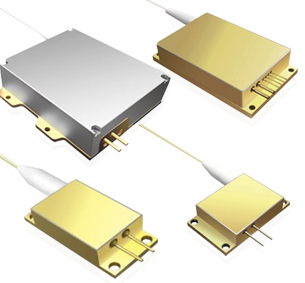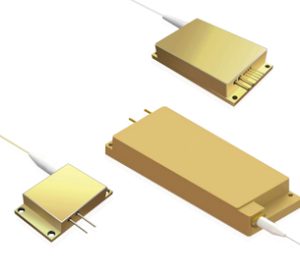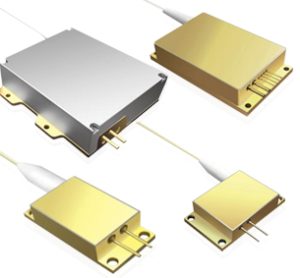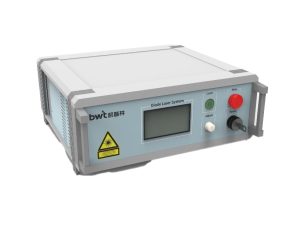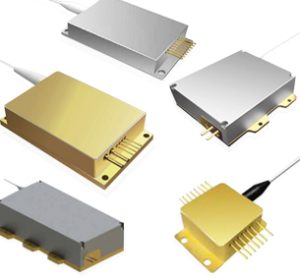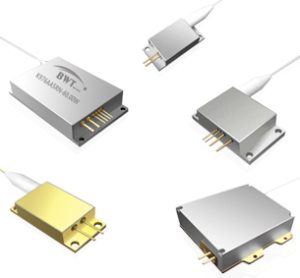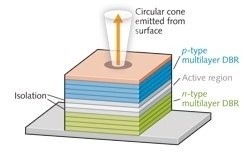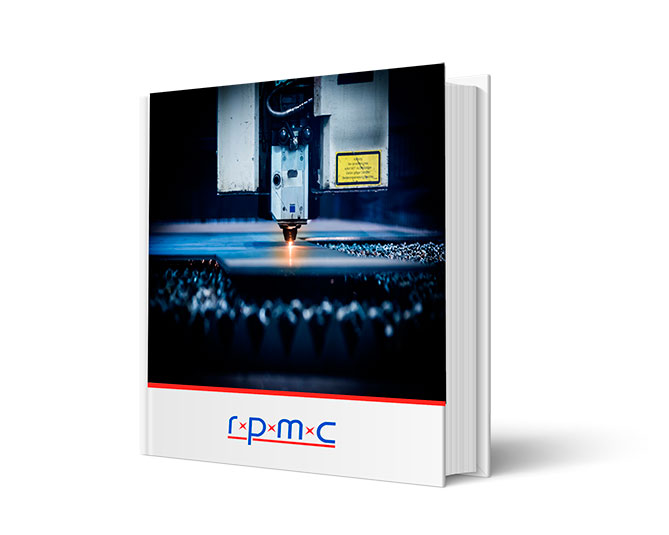The Multi-Emitter Lasers We Offer:
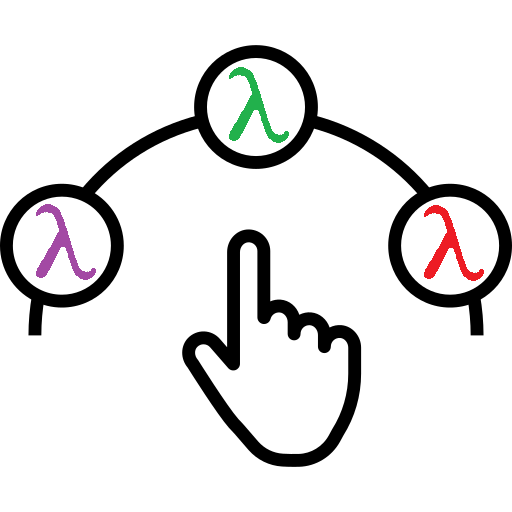
Range of Wavelengths & Fiber-Coupled Package Options
-
- UV to NIR wavelengths to support many apps
- Fiber-coupled packages from OEM to turnkey
- Various form factors, specifications, PIN outs, etc. to suit any need

Various Technology, Operating Modes & Options
-
- Single mode w/high-quality beam & multimode w/ high-power
- Narrow linewidth and wavelength-stabilized options
- Options for fiber-coupling, TEC, photodiode & more add-ons

Customizable Options to Meet Your Specific Requirements
-
- Range of options to meet various application requirements
- Wavelength, output power, fiber core diameter, connector, and more
- Tell us your requirements and we’ll help get you exactly what you need
For nearly 30 years, RPMC’s selection of Multi-Emitter Lasers has set the standard for affordable precision across a wide range of applications, from defense to medical, industrial, and research with 1000’s of successful units in the field. We understand that every application has unique requirements, which is why our configurable platforms are designed to offer the perfect fit for your needs. As your partner, we’re here to guide you through the selection process, ensuring that your multi-emitter laser integrates seamlessly into your existing systems. With time-tested technology that balances power and precision, we’re committed to supporting your success every step of the way.

 SHIPS TODAY
SHIPS TODAY 